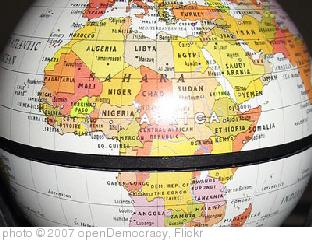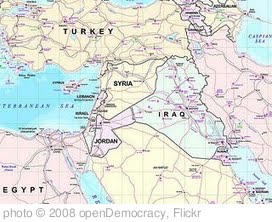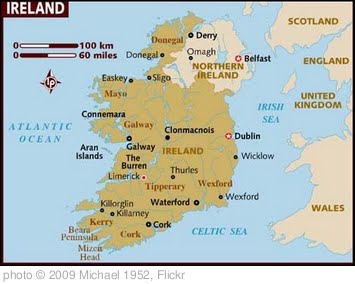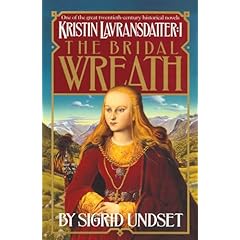“This book is written as fiction but tells a true story.”
 Suzanne David Hall was thirteen years old in 1940 when the Germans invaded France, and she later became a spy for the French resistance. While training to become an opera singer, she relayed messages that helped bring about the Allied invasion of Normandy. The 2003 novel For Freedom: The Story of a French Spy by Kimberly Brubaker Bradley is based on interviews with Hall.
Suzanne David Hall was thirteen years old in 1940 when the Germans invaded France, and she later became a spy for the French resistance. While training to become an opera singer, she relayed messages that helped bring about the Allied invasion of Normandy. The 2003 novel For Freedom: The Story of a French Spy by Kimberly Brubaker Bradley is based on interviews with Hall.
The novel is quite exciting, and the tension builds as Suzanne is called on to deliver her messages more and more frequently and as the spy network in which she works becomes smaller and smaller when the Germans capture the spies one by one. Suzanne is a brave girl, and she continues her work even though she knows the Nazis will torture or even kill her if she is found out. The prose in the story is simple and straightforward, and the pacing is mostly good, although the novel does start out a little slowly. The book is halfway through before Suzanne’s spy adventures start.
For Freedom is a good introduction to so many World War II topics: Dunkirk, Vichy France, the French Resistance, German occupation of France, daily life under German occupation, the Allied invasion of Normandy. But it’s not just a nice “salad” accompaniment to the main course of the history of World War II. The story carried me along and made me feel how difficult it must have been to be involved in the Resistance, never knowing from one day to the next whether this day would be the last before you were captured by the Germans.
Isn’t that what courage is? Courage: to keep doing right, to persevere in the face of uncertainty and even valid reasonable fear. If I were doing something that I knew would lead to disaster, if I were certain that I would be caught and killed and unable to complete my mission, it would be foolish and useless to persist. But if it’s only very likely that I might be arrested and if what I was doing was likely to help many people if I could continue, then bravery would be required. Suzanne was a brave young woman, “a hero of France.”









